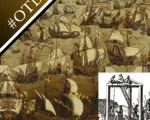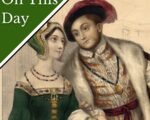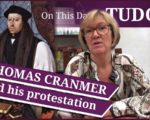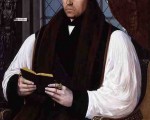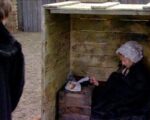
Did Thomas Cranmer, Archbishop of Canterbury, keep his secret wife in a ventilated chest?
Well, yes, according to his Catholic detractors!
But was there any truth in their claims, and where does the story come from?
In 1532, Thomas Cranmer, who wasn’t yet Archbishop of Canterbury, was serving King Henry VIII as the resident ambassador at the court of Charles V, Holy Roman Emperor. While he was with the emperor in Nuremberg, Cranmer met the city’s leading Lutheran preacher, Andreas Osiander, and the two became firm friends. Cranmer visited Osiander’s house often and at some point he met Osiander’s wife’s niece, Margarete, and that summer, despite the fact that he was an ordained priest, and was, therefore, supposed to remain celibate, Cranmer married her.
[Read More...]
